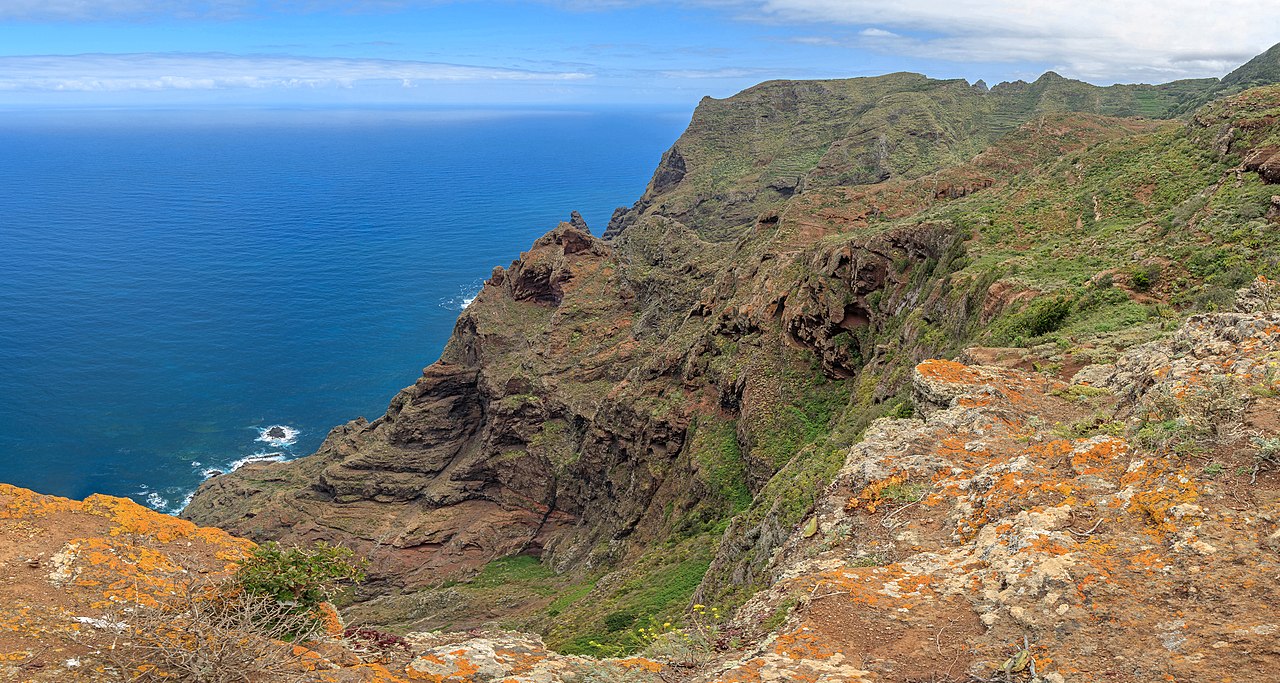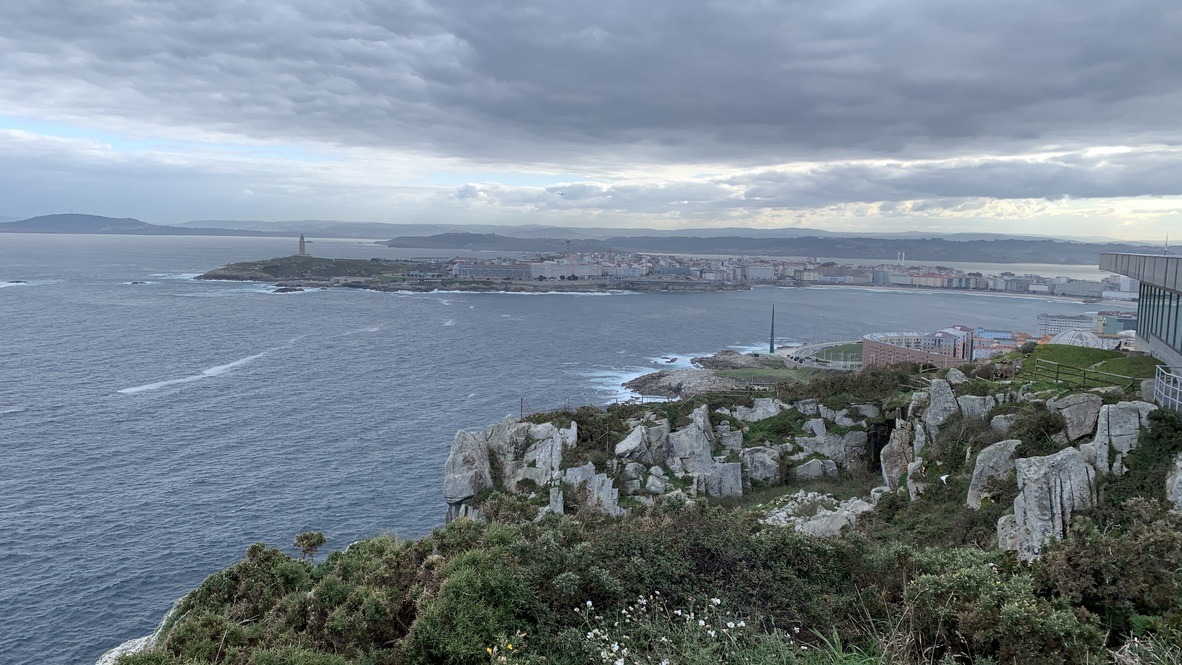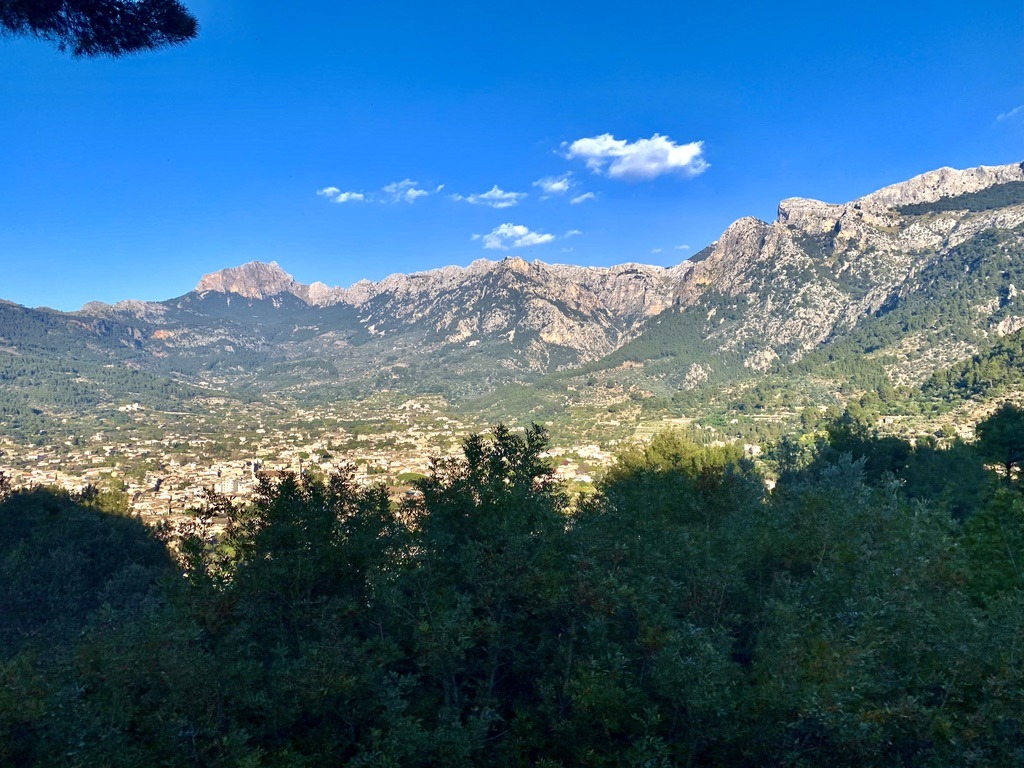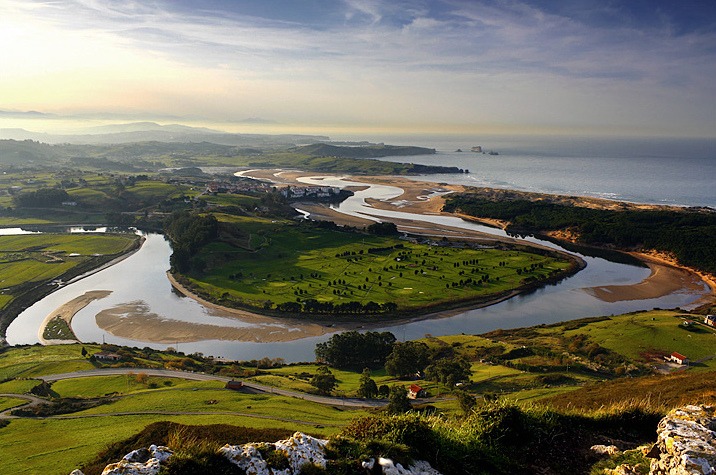The Canary Islands captivate visitors with their stunning landscapes,
rich cultural heritage, and delicious cuisine. Whether you’re exploring
volcanic parks, relaxing on beautiful beaches, or savoring local dishes,
the Canary Islands offer a memorable and enriching travel experience.
Getting There and Around
The Canary Islands, a Spanish archipelago off the northwest coast of Africa, are a popular travel destination. The main islands, including Tenerife, Gran Canaria, Lanzarote, Fuerteventura, La Palma, La Gomera, and El Hierro, each have their own airports, with Tenerife South, Gran Canaria, and Lanzarote airports offering the most international flights. Inter-island travel is convenient with regular ferries and local flights. Renting a car is a great way to explore each island, while buses and taxis provide reliable public transportation within cities and between towns.
Top Attractions
- Teide National Park (Tenerife): Home to Spain’s highest peak, Mount Teide, this UNESCO World Heritage site features stunning volcanic landscapes and excellent hiking trails. The cable car ride to the summit offers spectacular views.
- Las Canteras Beach (Gran Canaria): This beautiful urban beach in Las Palmas is known for its golden sand, clear waters, and vibrant marine life, making it perfect for swimming and snorkeling.
- Timanfaya National Park (Lanzarote): Famous for its otherworldly volcanic landscapes, this park offers guided tours and geothermal demonstrations. The unique terrain resembles the surface of Mars.
- Corralejo Natural Park (Fuerteventura): Known for its expansive sand dunes and pristine beaches, this park is ideal for sunbathing, windsurfing, and exploring the unique desert-like environment.
- Garajonay National Park (La Gomera): A UNESCO World Heritage site, this park is home to a lush laurel forest, hiking trails, and diverse flora and fauna. It’s perfect for nature lovers and hikers.
- Santa Cruz de La Palma: The capital of La Palma is known for its well-preserved colonial architecture, charming streets, and beautiful views. Highlights include the Plaza de España and the Naval Museum.
Culture and Cuisine
The Canary Islands have a rich cultural heritage influenced by indigenous Guanche culture and Spanish colonial history. The islands host numerous festivals, such as Carnival in Santa Cruz de Tenerife and Las Palmas, featuring parades, music, and vibrant costumes.
Canarian cuisine is diverse and flavorful, with an emphasis on fresh seafood, locally grown produce, and traditional recipes. Must-try dishes include papas arrugadas (wrinkled potatoes) with mojo sauce, gofio (a type of flour made from roasted grains), and ropa vieja (a hearty stew made with chickpeas, meat, and vegetables). The islands are also known for their excellent wines, particularly those from Tenerife and Lanzarote. Don’t miss tasting bienmesabe (a sweet almond cream) and barraquito (a layered coffee drink).
Shopping
For shopping enthusiasts, the Canary Islands offer a variety of options, from high-end boutiques to local markets. Santa Cruz de Tenerife and Las Palmas de Gran Canaria have bustling shopping districts with international brands and local stores. Traditional Canarian products such as aloe vera cosmetics, handcrafted pottery, and embroidery make excellent souvenirs. Local markets, like Mercado de Nuestra Señora de África in Santa Cruz and Mercado de Vegueta in Las Palmas, are great places to buy fresh produce, local delicacies, and artisanal goods.
Day Trips
The Canary Islands’ diverse landscapes and unique attractions make them ideal for day trips:
- La Laguna (Tenerife): A UNESCO World Heritage site, this historic town features well-preserved colonial architecture, charming streets, and vibrant local culture.
- Maspalomas Dunes (Gran Canaria): A stunning natural reserve with rolling sand dunes, a beautiful beach, and a lighthouse. It’s perfect for a day of sunbathing and exploring.
- César Manrique Foundation (Lanzarote): Located in the artist’s former home, this foundation showcases Manrique’s works and his influence on the island’s architecture and environmental conservation.
Practical Tips
A few simple tips to make your visit to the Canary Islands easier.
- Best Time to Visit: The Canary Islands enjoy a mild climate year-round, making them a great destination anytime. However, spring (March to May) and fall (September to November) offer pleasant weather and fewer tourists.
- Language: Spanish is the official language. While English is widely spoken in tourist areas, learning some basic Spanish phrases can enhance your experience and interactions with locals.
- Safety: The Canary Islands are generally safe, but as with any tourist destination, be mindful of your belongings in crowded areas and tourist sites to avoid pickpocketing.





